Currency

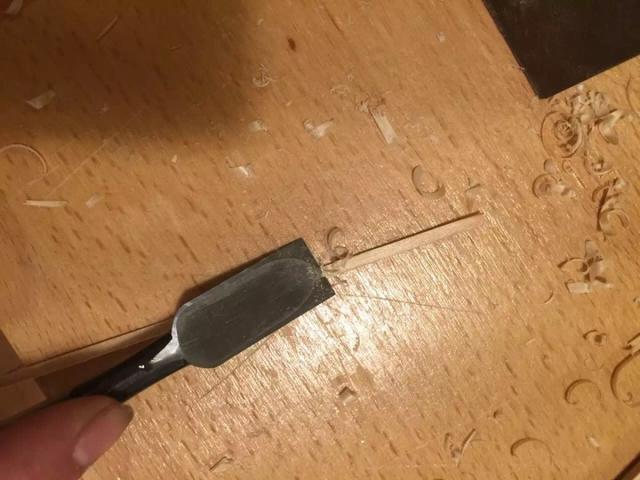
Recently, the temperature has dropped, and it has almost entered the winter. Today, I would like to share with you the guitar crack repair cases, respectively Taylor 150 and Martin D35
This guitar is Taylor510, after the panel cracked the owner did not deal with it in time, put it for more than half a year, resulting in serious crack oxidation, and the gap can not be closed.
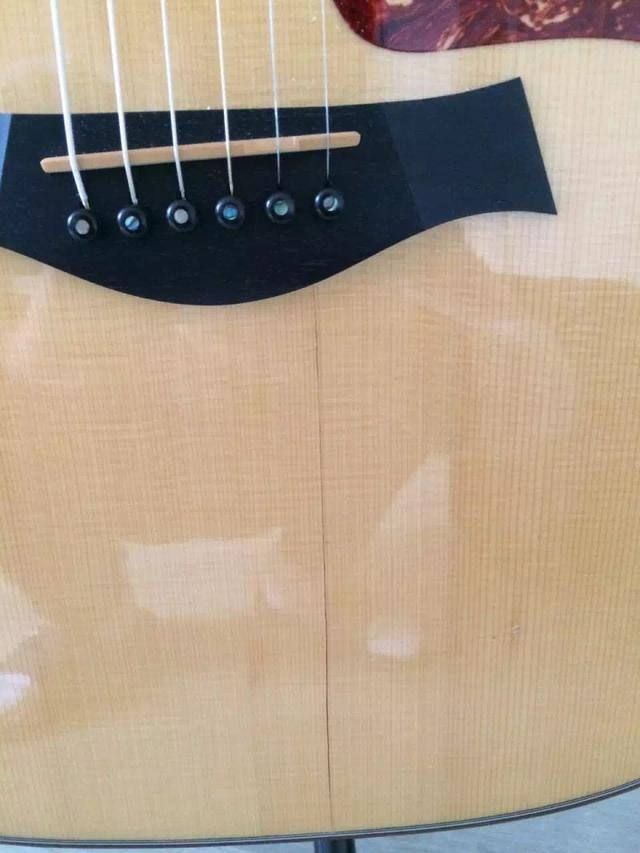
Due to severe oxidation, the wood needs to be cleaned, and the cracks on the guitar can no longer be brought together. After cleaning, the cracks will become larger. Therefore, the repair plan is to find a piece of spruce of the same type with a similar grain color and make suitable filling strips. Find suitable materials from the reserved spruce. This gap can basically only accommodate the width of an annual ring. At the same time, for the strength of the repair, only the late wood part, that is, dark stripes, can be selected. After making several pieces, I found the most suitable material.

Inserts into the crack and fits perfectly, ready for gluing. Or choose leather glue. At the same time, a reinforced patch inside the panel must be made. The texture of the patch must be perpendicular to the texture of the panel to achieve the best effect. Since this was a repair case a long time ago, some of the pictures are missing...the spruce patch is no longer visible here.
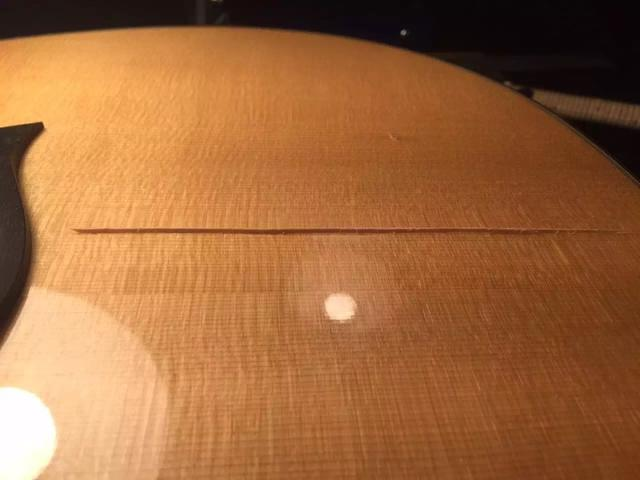
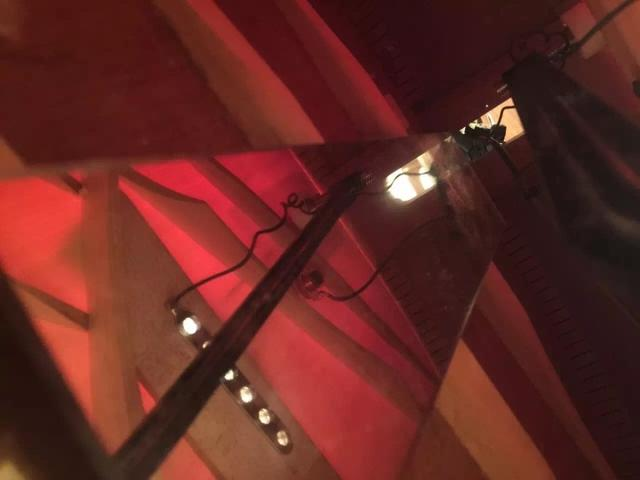
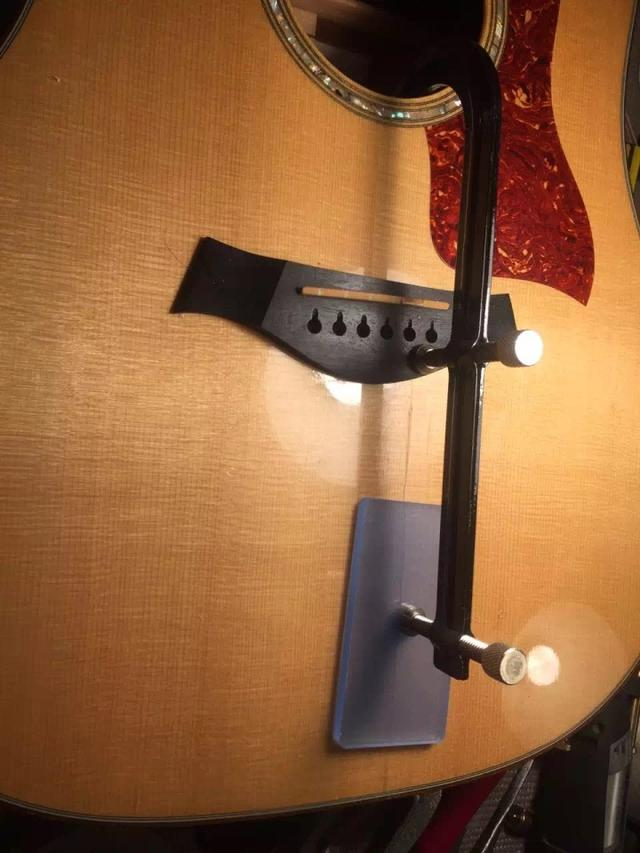
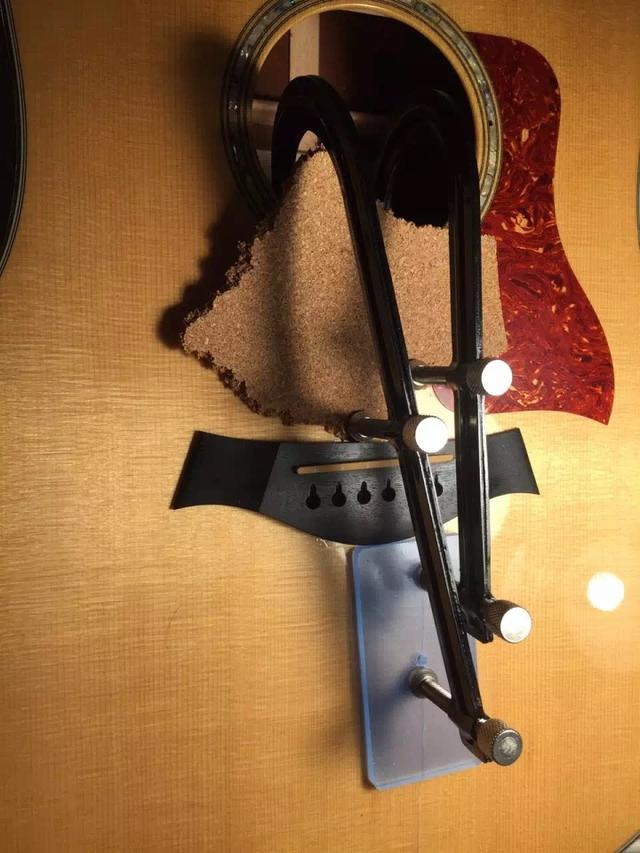
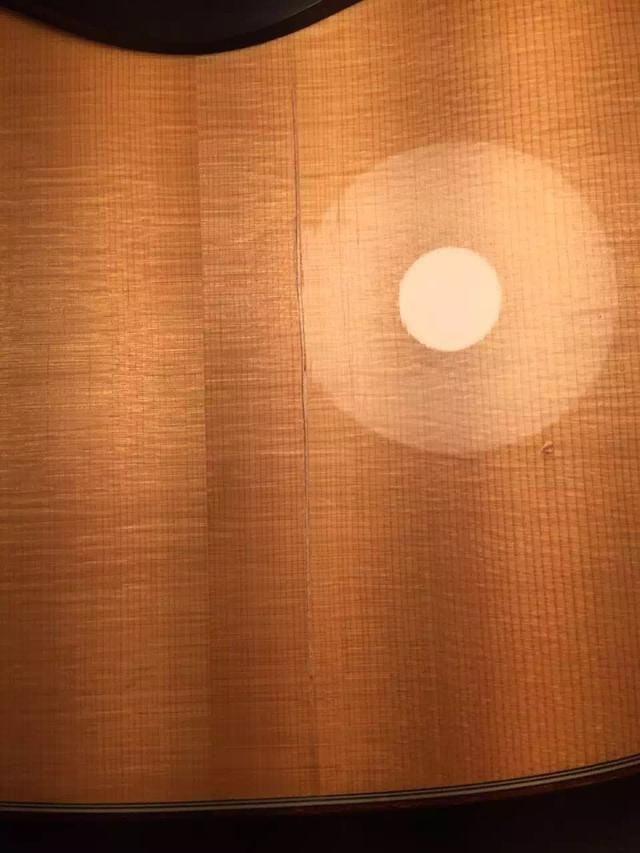
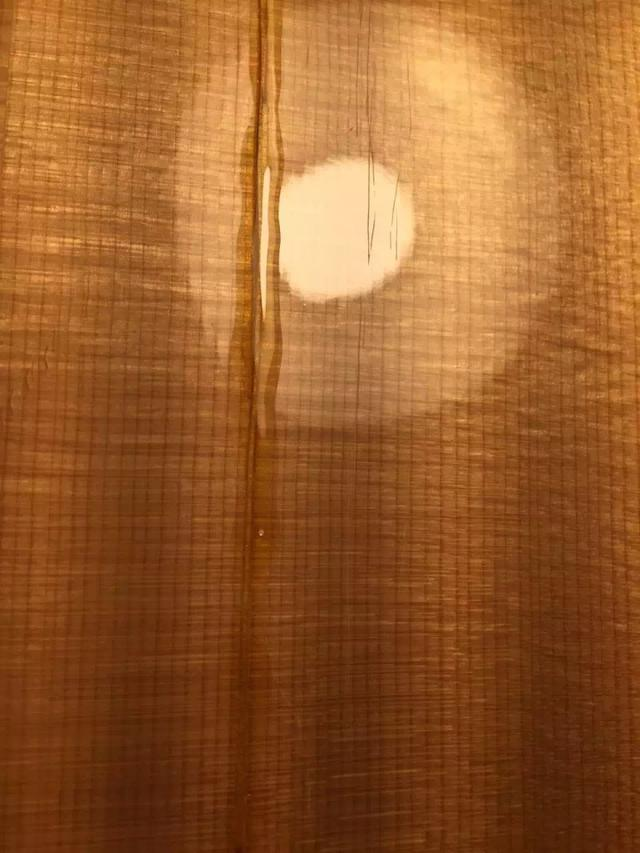
This is what it looks like after everything is glued together. Because Taylor uses polyester paint, it cannot blend perfectly after touch-up like nitrocellulose paint, so there will be some obvious marks after repair.
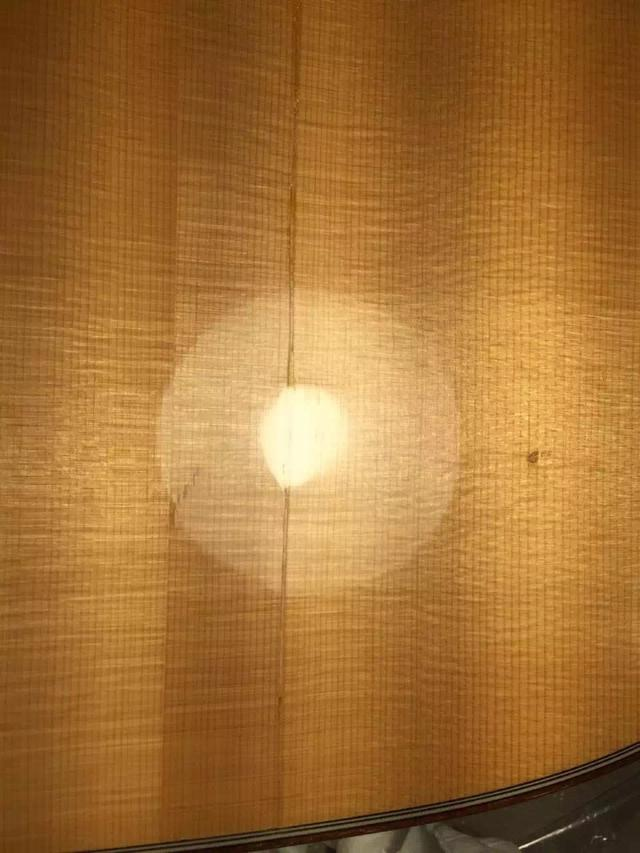
Use paint of a similar color to the exposed wood in the repair area to prevent moisture from corroding the final appearance of the repair area. It is still more obvious, so if it cracks, it must be repaired in time. This is a counterexample.
Below is a Martin D35 with a cracked panel. The difference is that the owner repaired it immediately after discovering it. This is what it looks like after cracking. Although the gap is visible, it can be closed well.
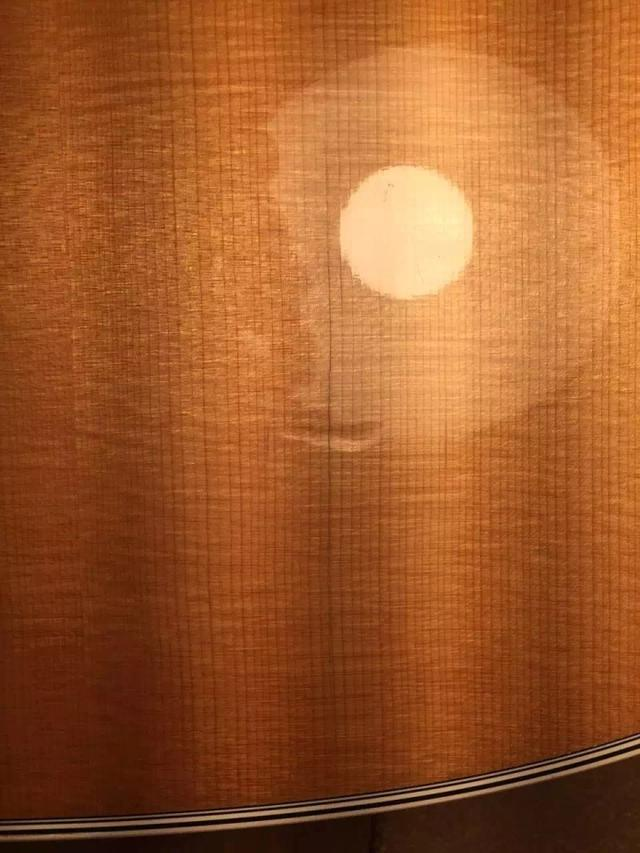
This is what it looks like after cracking. Although the gap is visible, it can be closed well.
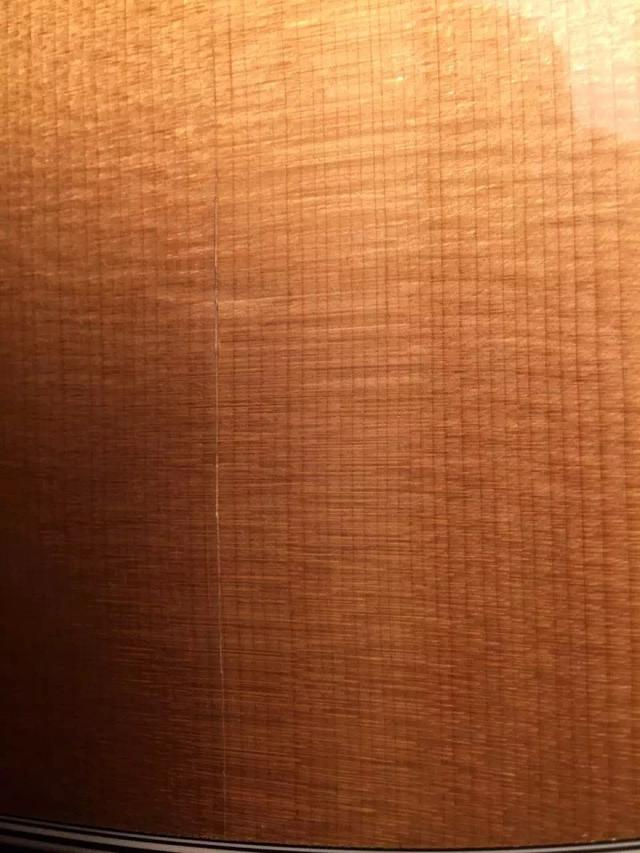
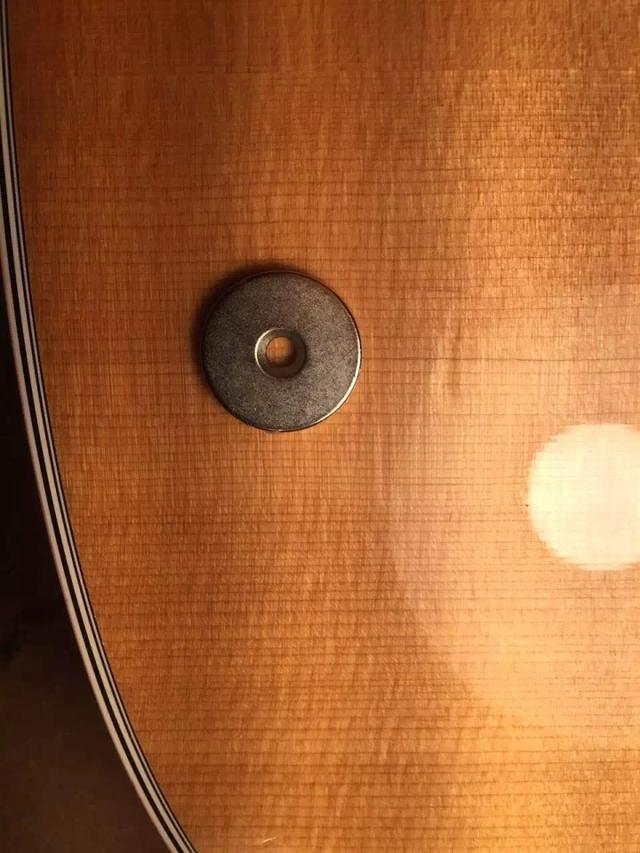
The crack is very long, and the most troublesome thing is that the deepest part of the crack goes all the way to the end of the guitar, making it difficult to reach with a clamp.
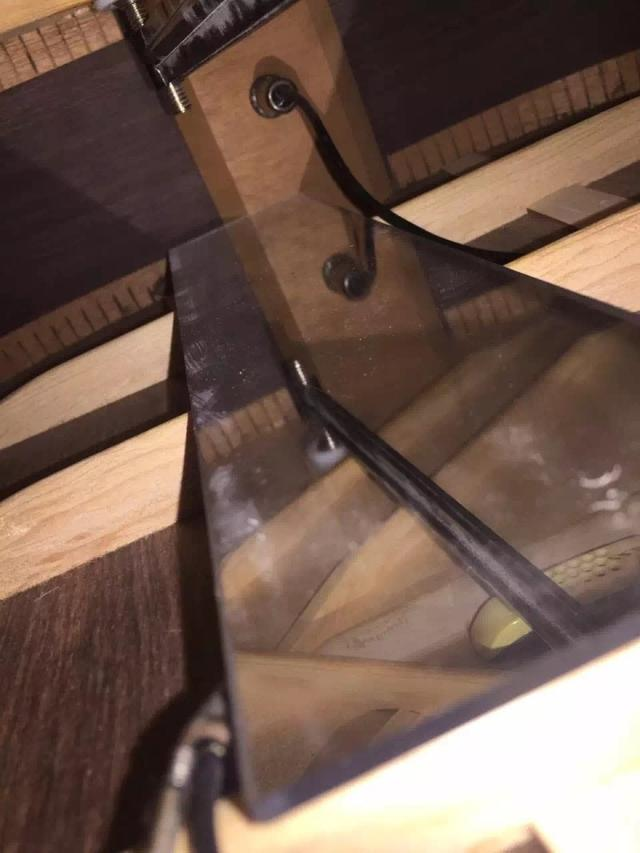
Use leather glue to glue the cracks, and also need to apply several patches on the back of the panel. The deepest part of the crack cannot be reached with two clamps. Use a magnet to locate the gap on the panel surface. Stick another magnet on the back of the patch and place it by hand. position, two magnets can hold it to achieve precise positioning. At the same time, the leather glue will tighten during the drying process, and it can reach sufficient strength without the need for clamps. Some tricks?
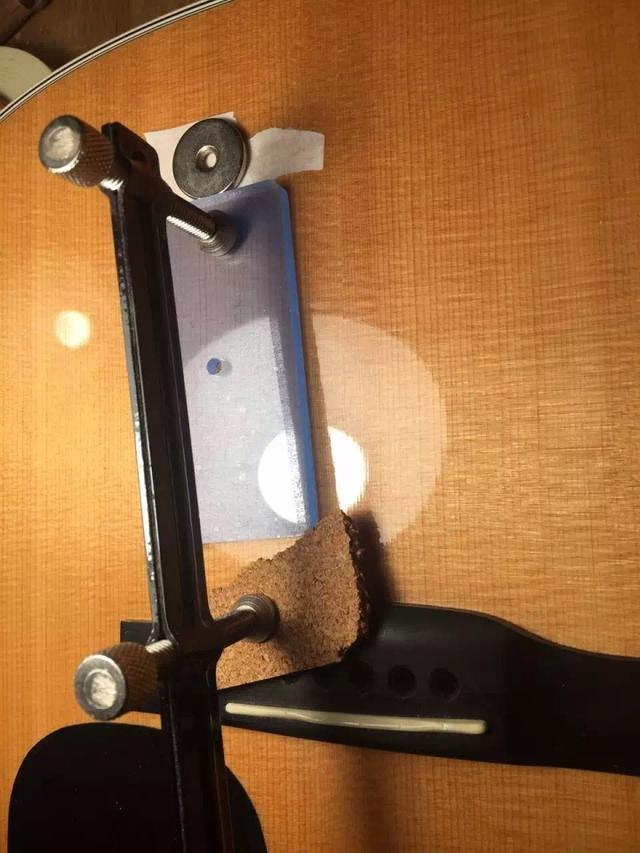
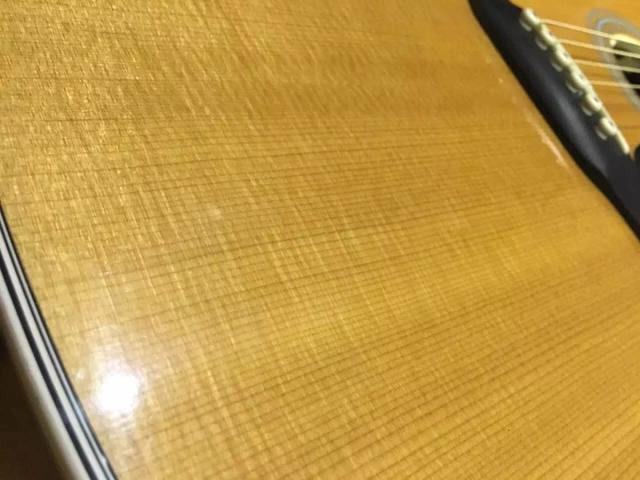
This is what it looks like after the cracks are glued. After the repair, the cracks are no longer visible. So, if your guitar is cracked, fix it as soon as possible.
At last, I want to remind you that you should always pay attention to maintaining your guitar. Guitar cracks are usually caused by improper temperature and humidity。
Moisture proof and drying control: Too high humidity can cause wood to swell, while too low humidity can cause wood to crack. The suitable humidity for guitars is generally between 45% and 55%. Desiccant or a small humidifier can be placed inside the guitar case to maintain proper humidity.
Avoid heat and direct sunlight: Keep your guitar away from direct sunlight or heating devices to prevent the wood from warping or cracking.
If you want to know more information about guitar maintenance, you can click to view this article:https://www.hebikuo.com/blog/guitar-maintenance-and-repair-guide?shop_id=943818923617290888
Email cannot be empty
Password cannot be empty
Email format error
Email cannot be empty
Email already exists
6-20 characters(letters plus numbers only)
The password is inconsistent
Email format error
Email cannot be empty
Email does not exist
6-20 characters(letters plus numbers only)
The password is inconsistent